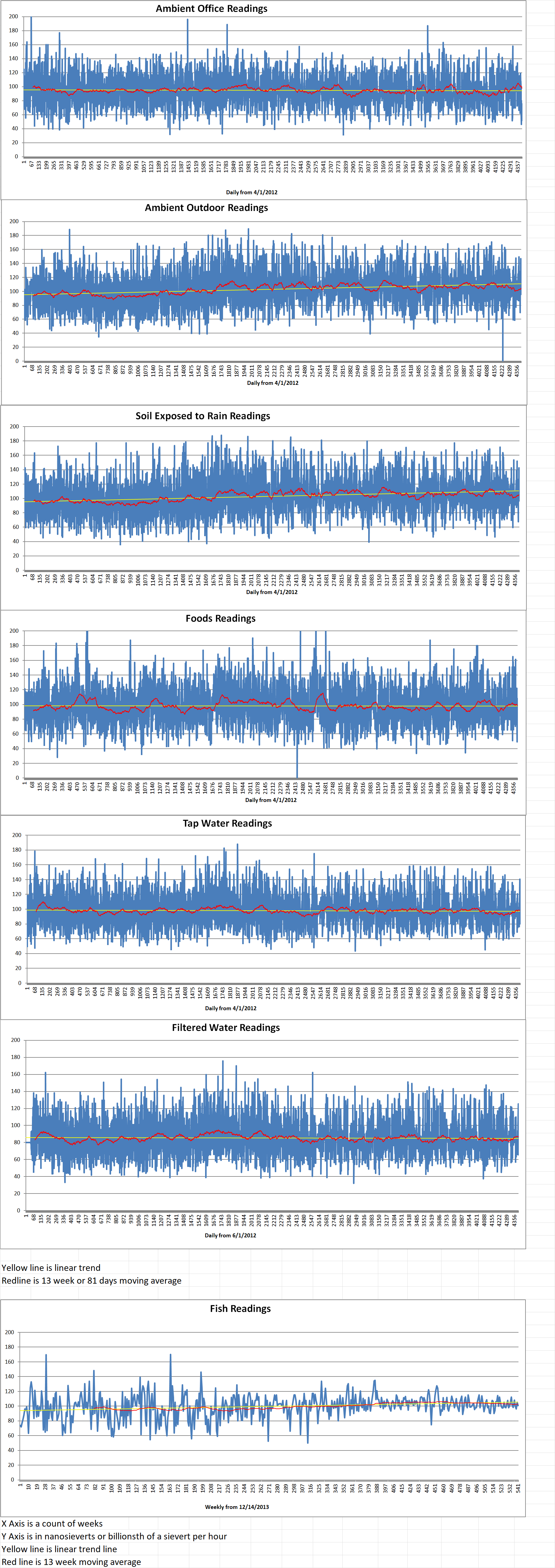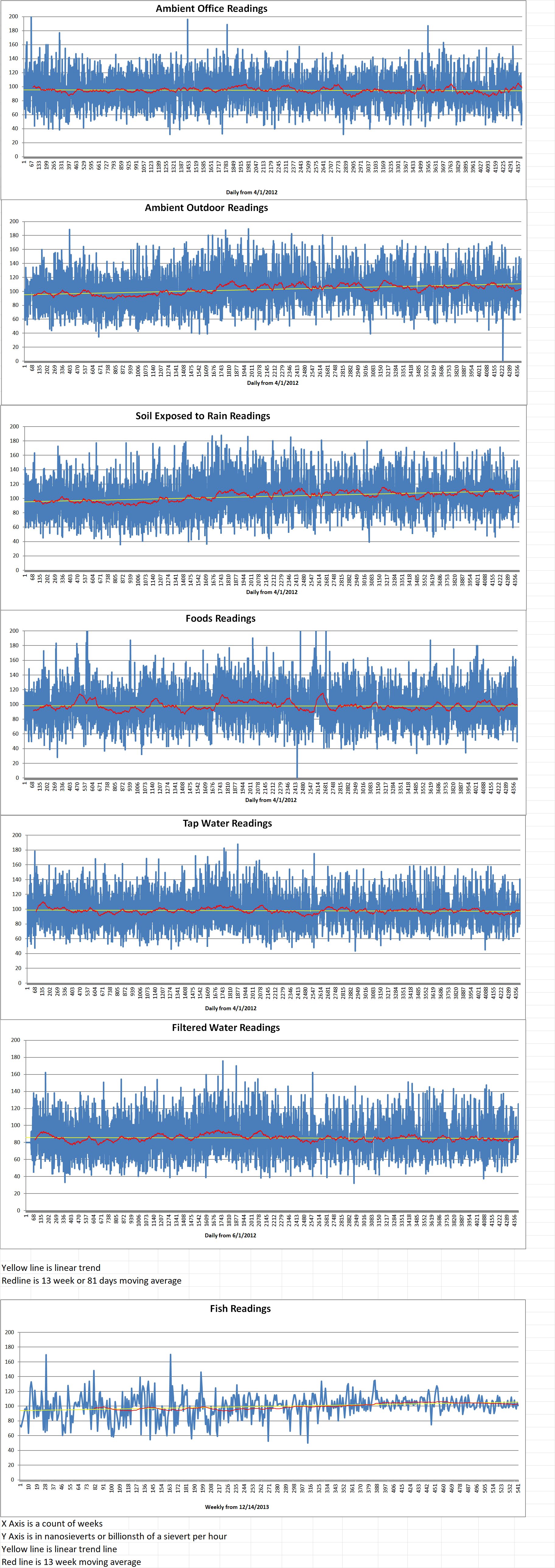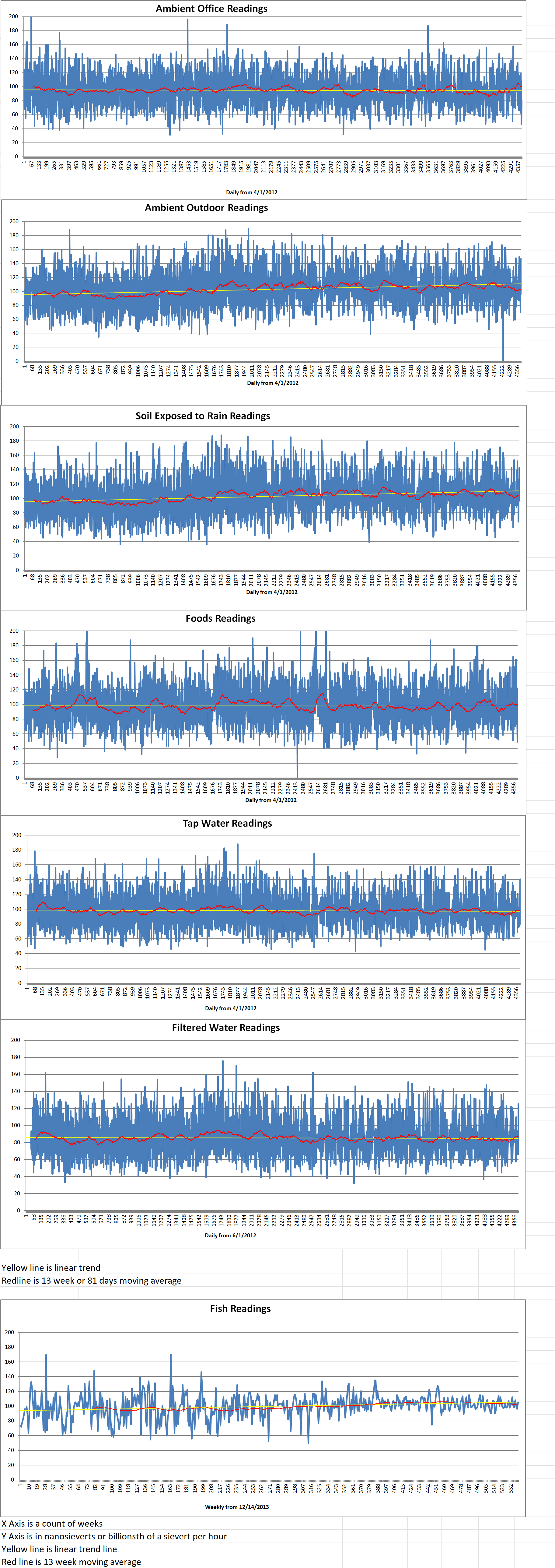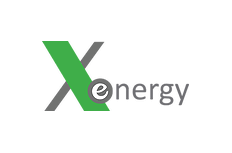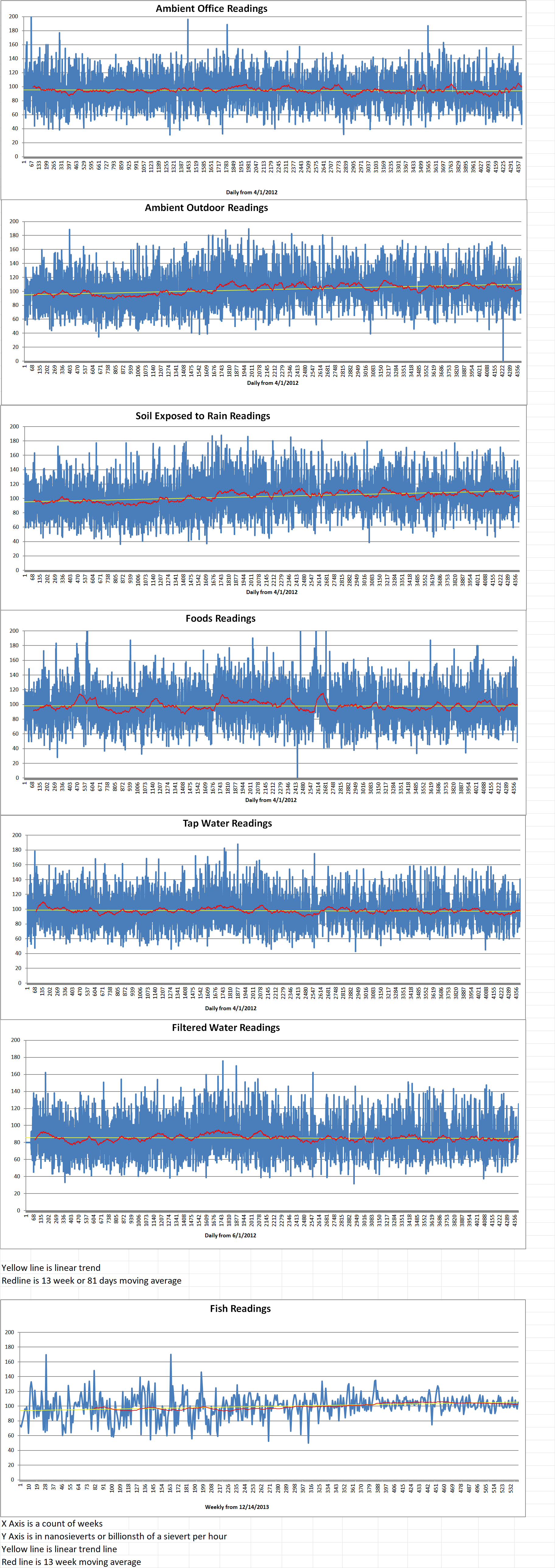Part 2 of 2 Parts (Please read Part 1 next)
Kairos will also face the challenge of sourcing the TRISO fuel it needs which contains a more enriched form of uranium than current nuclear plants use. Currently, not enough of it is produced. However, the company argues that customer demand, like that from Google, “sends a meaningful signal” to producers.
For nuclear tech companies, SMRs are appealing because their size means that they can be built closer to the grid than traditional nuclear power plants. It is claimed that they’re faster to build, and cost less. An Amazon spokesperson said that “We remain committed to renewable energy and have been the largest corporate purchaser for four years in a row. But we know we’ll also need other sources of reliable carbon-free energy to meet the growing needs of our business. Expanding our energy investment strategy to include other forms of carbon-free energy, including nuclear, is the most viable option to help bridge this gap.”
The “‘always-on’ nature of nuclear is valuable,” says a Google spokesperson. In reality, the average commercial nuclear power reactor is operational about ninety five percent of the time. Google mentions that the company is continuing to deploy new wind, solar, geothermal, and battery storage projects. Geothermal power can also provide the 24/7 energy that data centers need. Google recently worked with a startup to help deploy a next-generation geothermal power plant that could be used in more locations.
Kairos says it’s possible to come to bring TRISO reactors to market very quickly. A spokesperson said that “The conventional nuclear development model is long, slow, and capital-intensive. Kairos Power is disrupting that model by embracing a rapid iterative approach, which accelerates test cycles for innovation and optimization.”
With respect to its new demonstration reactor, the company got the first construction permit for a nontraditional nuclear reactor to be issued by the Nuclear Regulatory Commission (NRC) in more than fifty years. The company intends to begin running its demonstration reactor in 2027. They hope to have the first reactor for Google running just three years later.
Lyman is very skeptical that new advanced nuclear plants could be ready to run on schedule by the end of the decade. He remarked that “Tech companies see themselves as visionaries. They don’t like to hear naysayers. They think they’re the masters of the universe. But the fact is that nuclear power is kind of resistant to significant improvements that reduce the cost in time to build safe facilities. There’s just a lot of development and it’s very slow and painstaking work. It’s not building something in your garage with circuit boards.”
The advanced nuclear reactor projects will also have to get regulatory approval from the NRC. Attempts to reopen older nuclear power plants that have been closed like Microsoft’s plan to restart a reactor at Three Mile Island could also face fatal challenges.
It makes sense for nuclear tech companies with aggressive goals to cut emissions to be looking for multiple new solutions. However, given the immediate need for more clean energy for data centers now, it’s not exactly clear why they aren’t filling the gap with even more of the renewable solutions that already exist and don’t produce nuclear waste.
Lyman says, “I certainly don’t think any of these timelines are realistic. At best, they’re going to get a few boutique reactors that will be really expensive to run, and will probably end up being more of a headache for them than anything else.”

